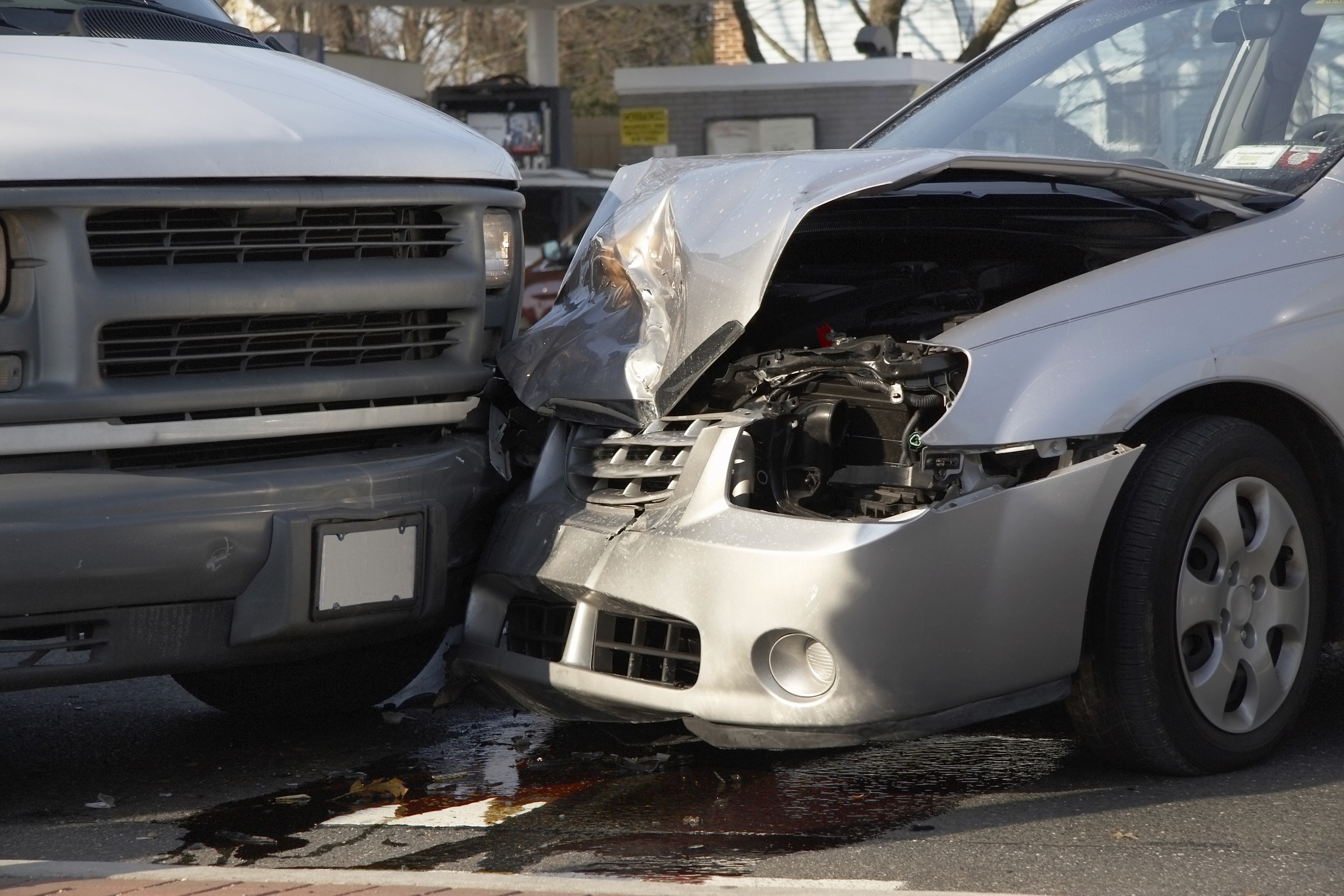Insurance
Car insurance premiums set to rise

The government has announced a change to the rate used to calculate the amount car insurers pay out for personal injury claims.
The personal discount rate, or “Ogden rate”, has been raised to minus 0.25 per cent from the minus 0.75 per cent implemented in 2017.
The changes will be introduced on 5 August and the discount rate will be reviewed within five years.
What is the Ogden rate?
The Ogden rate is used by courts to calculate how much insurance companies have to pay out in compensation for personal injury claims where someone is seriously injured. The figure takes into account the likely return from the investment of the money.
The higher the Ogden rate, the better the outcome for insurers as they have to pay out less money.
When interest rates were high, claimants had the potential to earn a decent amount of interest on any pay out. Since savings rates have been low, this is no longer the case and the amount insurers pay has been upped to account for this.
The Ogden rate stood at plus 2.5 per cent until March 2017 when it was cut to minus 0.75 per cent.
A new framework for setting the rate was established by the Civil Liability Act 2018. It said claimants must be treated as ‘low risk’ investors, reflecting the fact that they may be financially dependent on any lump sum either for a long time or the rest of their life.
David Gauke MP, lord chancellor and justice secretary, said: “Having completed the process of a call for evidence and statutory consultation with the government actuary and HM Treasury, I am satisfied that the rate should be minus 0.25 per cent.”
Will this mean car insurance premiums go up or down?
A lower Odgen rate requires insurers to make larger lump sum payments on personal injury claims.
So upping the rate to minus 0.25 per cent means, in theory, insurers will need to make smaller pay outs and, in turn, reduce insurance premiums for drivers.
However, insurance companies want to see a positive rate, rather than a negative rate. Insurers had hoped that the rate would be increased to somewhere between zero and 1 per cent.
Huw Evans, director general of the Association of British Insurers, said: “This is a bad outcome for insurance customers and taxpayers that will add costs rather than save customers money. A negative rate maintains the fiction that a claimant and their representatives will knowingly choose to invest their damages in a way that would guarantee losing them money.”
Mohammad Khan, general insurance leader and partner at PwC, said: “Ever since the announcement from government to review the discount rate back in September 2017, the insurance industry expected the Ogden discount rate to increase from minus 0.75 per cent and has consequently been pricing motor insurance and settling insurance claims at a rate higher than minus 0.75 per cent – typically between 0 per cent and 1 per cent.
“In real terms, this means that UK motorists have been paying lower insurance premiums compared to what the industry could have charged them if they assumed the Ogden discount rate was minus 0.75 per cent.
“The announcement today means that motor insurance premiums – which have been broadly stable this year and slightly lower than last year – will probably increase. The average motor insurance premium will probably increase by between £15 and £25 but younger drivers may see their premiums increase by about £50 to £75.”
Good news for badly injured people
However, the government’s move is good news for people who are seriously injured and due compensation.
Ben Posford, head of the catastrophic injury department at Osbornes Law, said: “David Gauke is to be congratulated for resisting pressure from the insurance lobby to set a higher rate than this, which would simply have increased insurers’ profits at the expense of badly injured people.
“Investing damages that are needed to provide for an injured person is difficult at the best of times, and given the state of interest rates – which are likely to fall further in the event of a no-deal Brexit in particular – there was no justification for raising the discount rate any higher.”